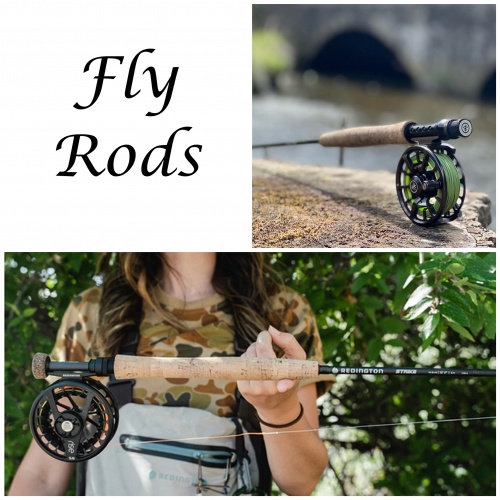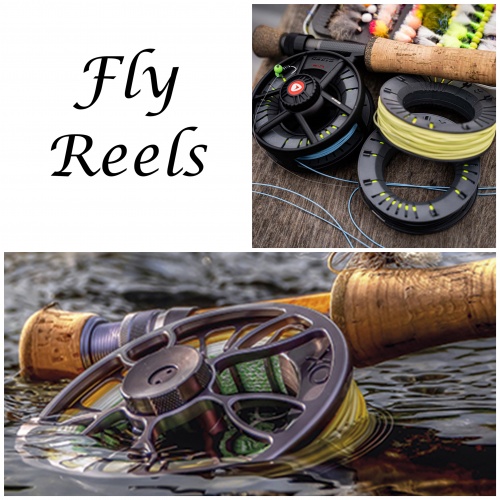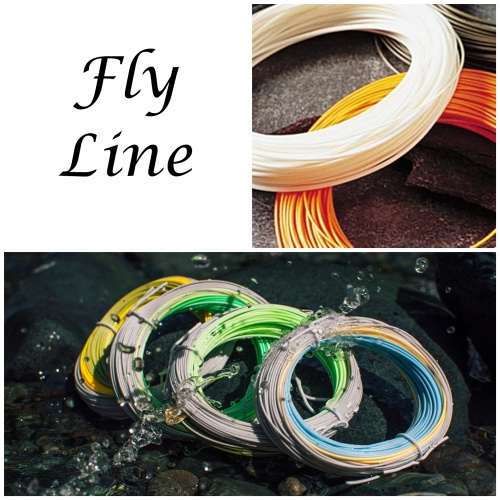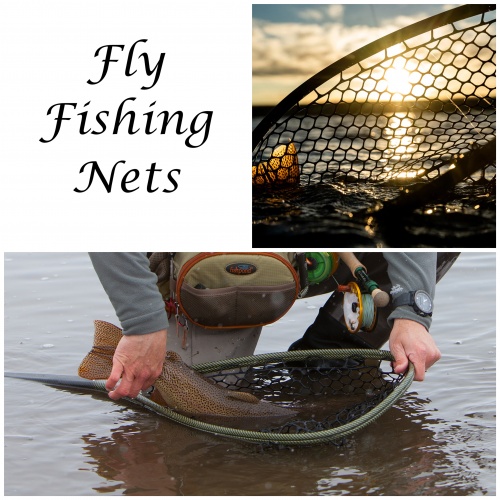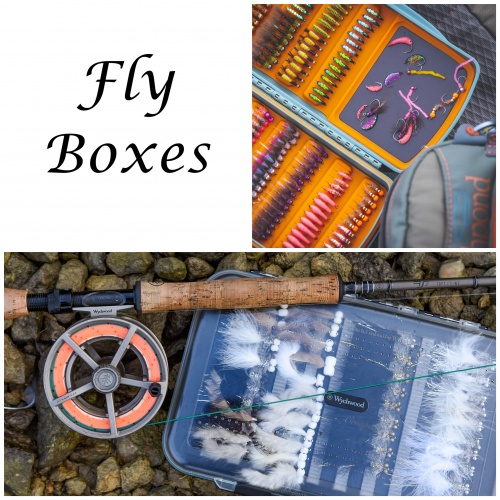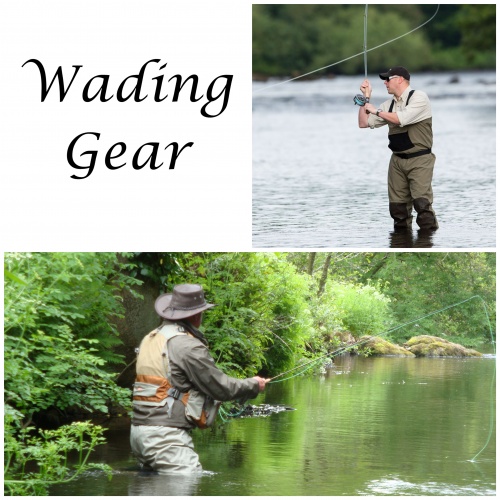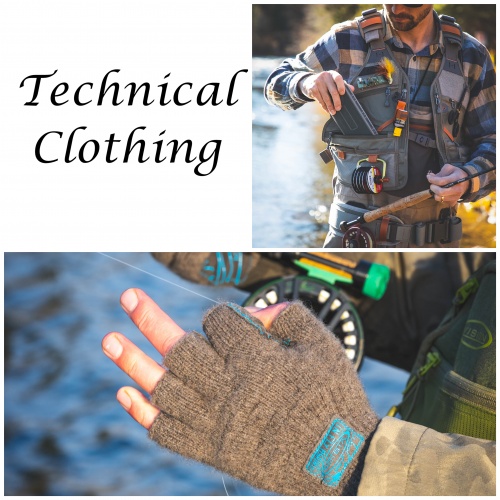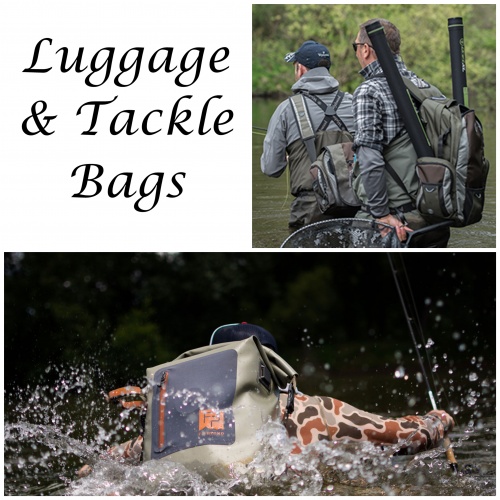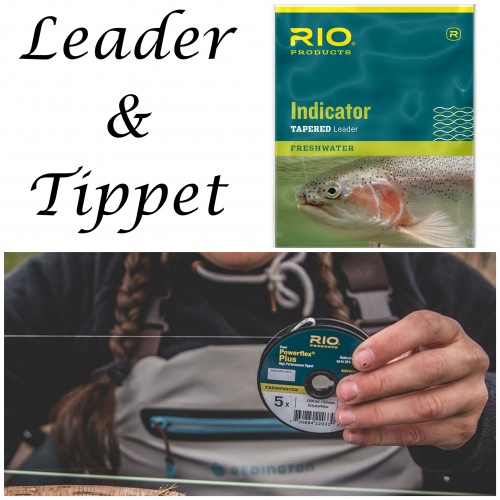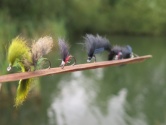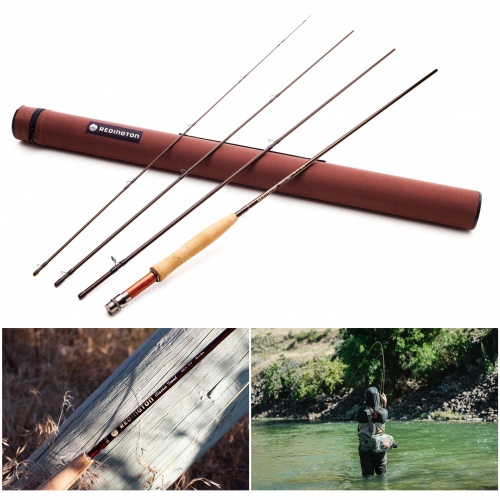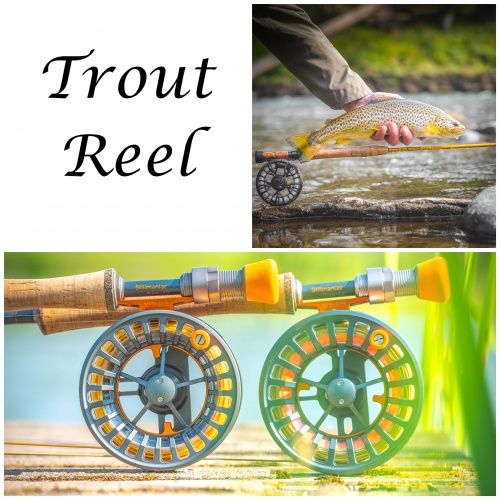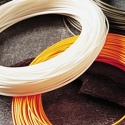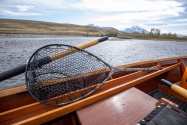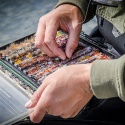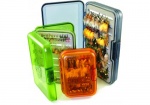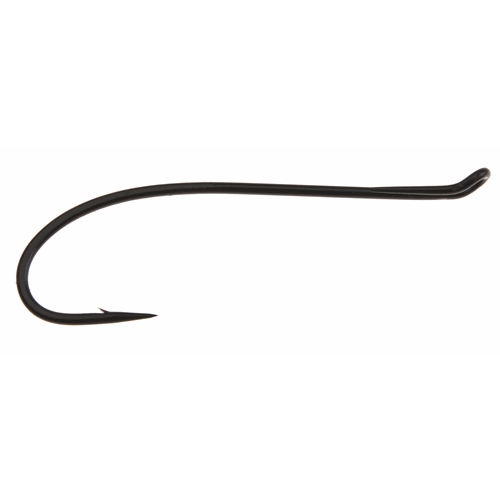What Do All The Fly Rod Terms Mean?
 Fly rods made specifically to to cast a fly line. Fly rods are generally longer and thinner than other types of fishing rods. The special design involves careful attention to the way the fly rod bends because that bending action determines how well it can help cast a fly line. Originally split cane bamboo, now other materials, especially fiberglass and fiberglass with embedded graphite fibers are used. Fly rods are rated in their stiffness to match fly lines of different weights. (a number 7 fly rod should be used with a number seven fly line).
Fly rods made specifically to to cast a fly line. Fly rods are generally longer and thinner than other types of fishing rods. The special design involves careful attention to the way the fly rod bends because that bending action determines how well it can help cast a fly line. Originally split cane bamboo, now other materials, especially fiberglass and fiberglass with embedded graphite fibers are used. Fly rods are rated in their stiffness to match fly lines of different weights. (a number 7 fly rod should be used with a number seven fly line).
With fly rods there are some key terms that need to be understood by the Fly Fisherman before purchasing a rod as these will affect the fly rod and its use. Four key considerations are:
- Rod Action
- Rod Length
- Rod Line Weight
- Rod Weight
- Handle Type
Rod Action: An elusive, but important characteristic of fly rods. Fly fishing rods are said to have fast or slow action. Fast action fly rods are generally stiffer overall, but bend more at the tip, generating higher line speeds longer casts, especially into the wind. Slow action fly rods, appear to flex their entire length, giving the sense of a more compliant feel.
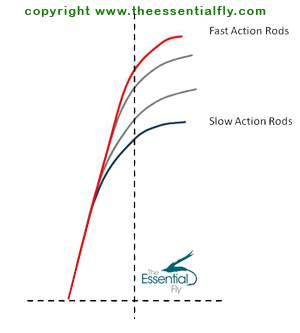
Rod Length: Fly rods come from 6' to 15' in length, shorter rods are usually used for streams and brooks. 9 to 10' 6" fly rods are often used on reservoirs and stillwaters. 10' plus rods, particularly double handed are usually used for salmon.
Where should different fly rods be used? Obviously in small becks shorter rods will be better and are less likely to cause casting problems. Below is a guide to typical fly rod usage by weight.
Rod Line Weight: The weight of fly line that the rod has been designed for. The heavier lines may cast further but may create a large splash. Typically weights of lines and rods are used as follows:
| Weight | Typical Usage |
| #2/3/4 | Stream / brooks for Brook & Brownies & Grayling |
| #5 | Small rivers, brooks & streams for Brownies & Grayling |
| #6 | Rivers and small lakes when fly fishing for Brown & Rainbow Trout |
| #7 | Used for Lakes, boats & reservoir for Rainbow Trout, Larger Brownies & Blue Trout, Small River Grilse Fishing |
| #8 | Reservoir & boats, plus saltwater fly fishing for Rainbows, Larger Brownies & Blues, Salmon Grilse Fishing & saltwater species |
| #9 | larger rivers and reservoirs fly fishing for large trout, largemouth bass, pike, steelhead & salmon |
| #10/11/12 | Large rivers & saltwater, Salmon & Saltwater species |
Handle: there are different styles of handles on fly rods. Rod companies typically advertise the quality of their cork as premium. High-grade cork is referred to as Flor-grade. The higher grade cork has less pits and requires less filler then standard-grade cork. Cork is a natural material that is naturally hydrophobic. This allows the hand to maintain a firm grip in wet conditions. Cigar grips and reversed Half-Wells grips are beleived to promote finesse and accuracy by virtue of the tapering nose. The Full-Wells grip is regarded as a comfortable grip for heavier rods, with the flared nose providing a good seat for the thumb.
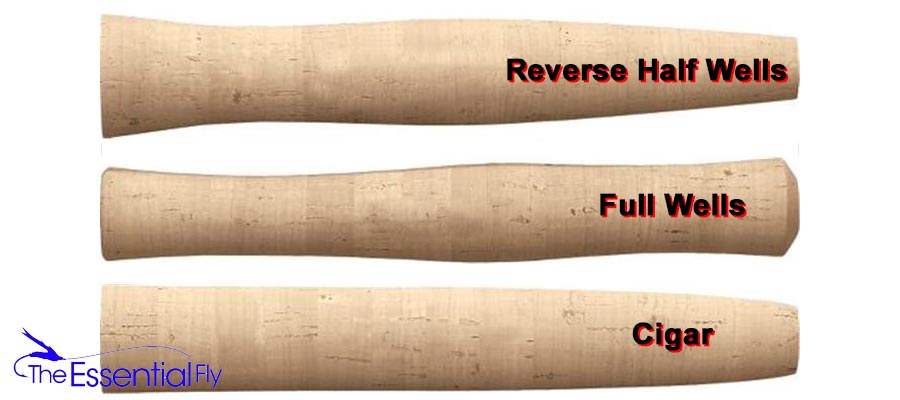
Other Terms Used In Relation To Fly Rods
Bamboo: oldest rod building material still in use; the classical fly rod materialused by very few mainline manufacurers and specialist fly rod bespoke manufacturers.
Blank: Fiber glass and graphic fly rods (which also have fiber glass) are produced by wrapping sheets of graphite and fiber glass around a carefully tapered steel rod (called a mandrel). The hollow rod that results from this process is called a blank. It has no guides, ferrules or reel seat.
Butt section: The thicker end of a fly rod
Casting Arc: the path that the fly rod follows during a complete cast, usually related to the face of a clock.
Curve cast: A casting technique that allows an angler to cast a fly around an obstacle. It is also used to minimize the influence of water current or wind on the fly or the fly line.
Damping: reducing excess vibrations in the rod blank when unloading the fly rod during a cast. This causes fewer waves in your fly line resulting in more power & distance for less effort.
Double Handed Rod: A rod that is held with two hands to cast, usually longer rods 12 o 15 feet used for Salmon Fly Fishing
Ferrule: A collar that is found at the point where sections of a fly rod are joined. The end of one section fits inside the end of another, in an overlapping fashion at the ferrule.
Graphite A common material which if formed into fibers and placed in the fiber glass of a fly rod, makes the rod relatively stiff with little increase in weight as compared to fiber glass alone.
Grip The cork handle of a fly rod, generally made of cork rings shaped in several different ways, including a cigar grip, full-wells grip, half-wells grip, superfine grip.
Guide Metal rings, usually bent pieces of wire along the length of the fly rod to ease the release of line during casting and to distribute the stress of a fish along the entire length of the rod.
Haul: A pull on the fly line with the non-casting hand to increase the line speed and get greater distance. This is done effectively during line pickupAn action associated with fly casting whereby the line speed is increased with an extra pull during line pickup, or back casting. Also see double haul.
Line weight: The weight of a fly line, it is used as a way to standardize fly lines in matching them to fly rods of differing stiffness. Line weighting is not a linear numbering system; the first 30 feet of a #6 weight line 160 grains while the first 30 feet of a #3 weight line is 100 grains.Loading or Loading the Rod: A term used to describe the effect of the weight of the flyline and the momentum of the cast upon the fly rod. A loaded rod is bent or loaded more with a greater casting force and a heavier line.
Mend or Mending the Line: Throwing an upstream curve into your fly line as it floats down the stream to avoid having water currents pull on it and cause unnatural movement of your fly (unnatural drift or line drag). Fish and especially trout are exquisitely sensitive to (and turned off by) movement of a insect that moves at a different rate or in a different direction than the current.
Narrow Loop: term that describes what the fly line should look like as it travels through the air; a narrow loop can best be described as the letter "U" turned on its side; it is formed by using a narrow casting arc.
Reel seat: The part of the fly rod - made of aluminum, wood, or graphite and located just behind the grip - where the fly reel is attached.

Rod Flex: The manner in which the fly rod bends during the cast during the acceleration phase of the cast. Tip-Flex rods bend primarily through the tip section, Mid-Flex rods bend down into the middle of the fly rod, and Full-flex rods bend throughout the entire rod during the cast.

Split cane rods: Fly rods constructed of six pieces of split cane bamboo, which are triangularly shaped, tapered and glued together.
Switch rod: are short length two handed fly rods that allow the caster an optional use as a single handed fly rod if desired, or if advantageous to do so, a Switch Rod shorter than two handed fly rods.
Tip section: The top section of a fly rod, smallest in diameter and furthest from the rod grip.
Unloading the Rod: unbending the rod. Transferring the casting energy from the fly rod back into the fly line.




